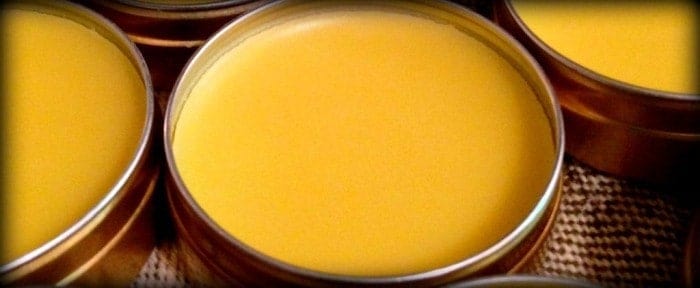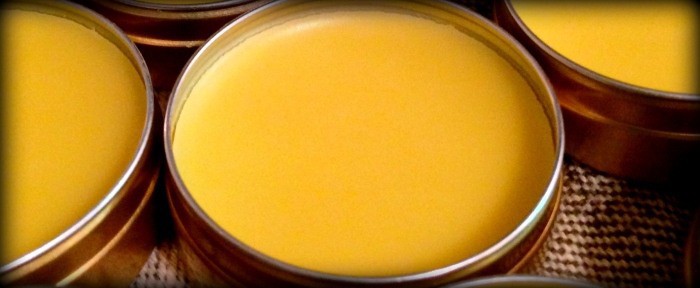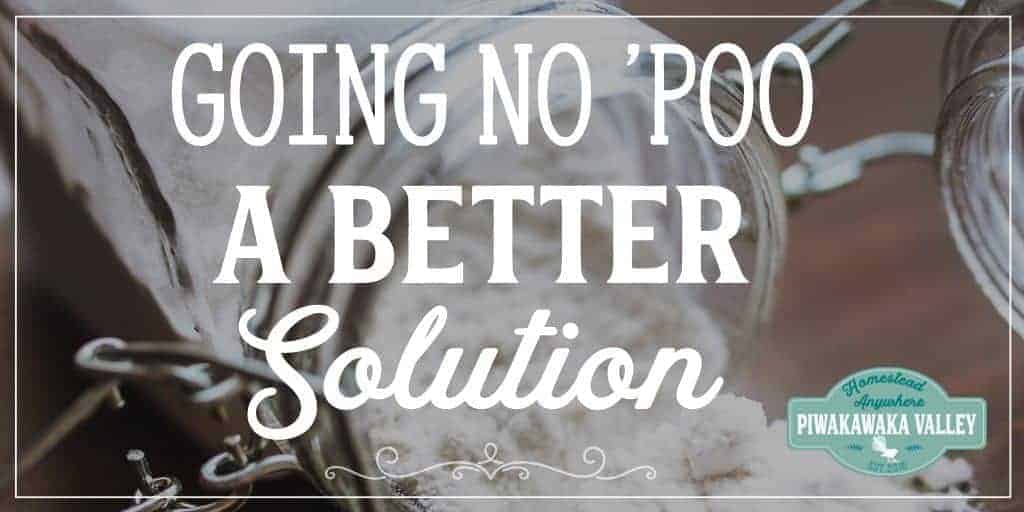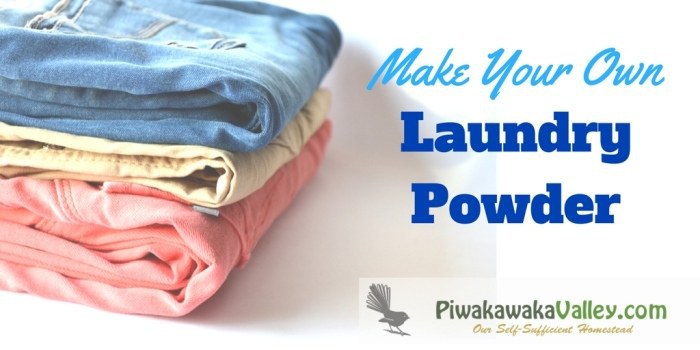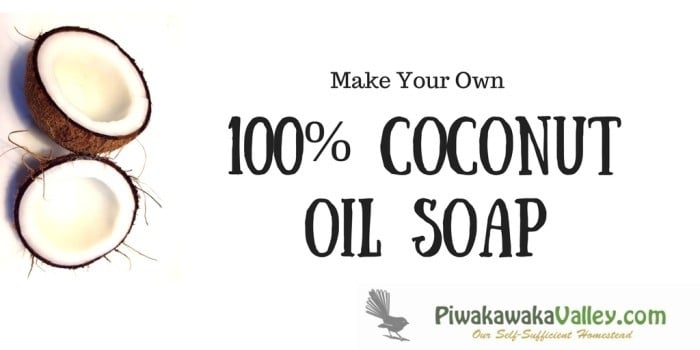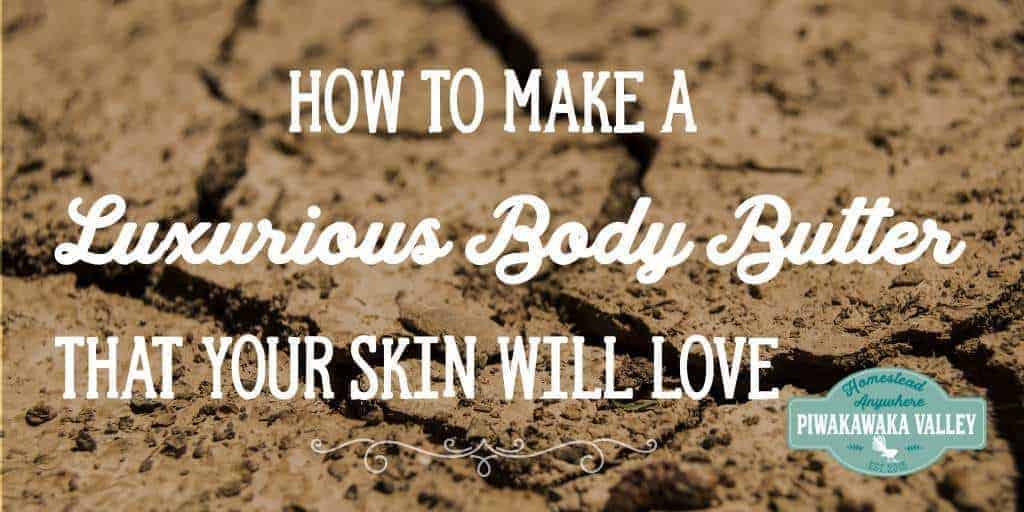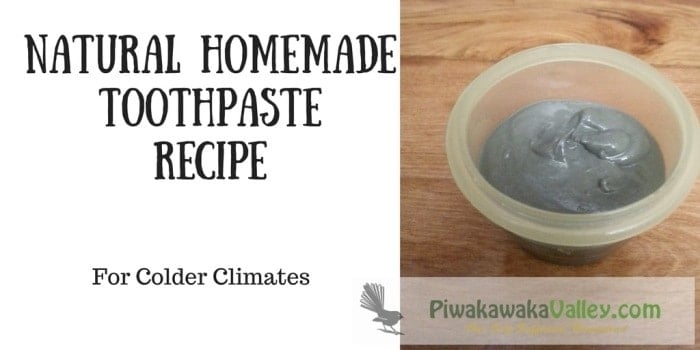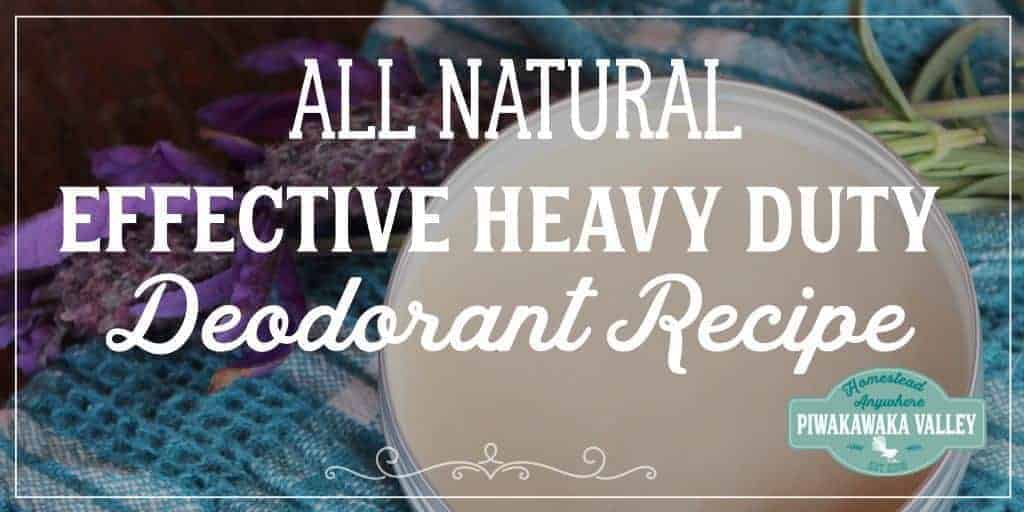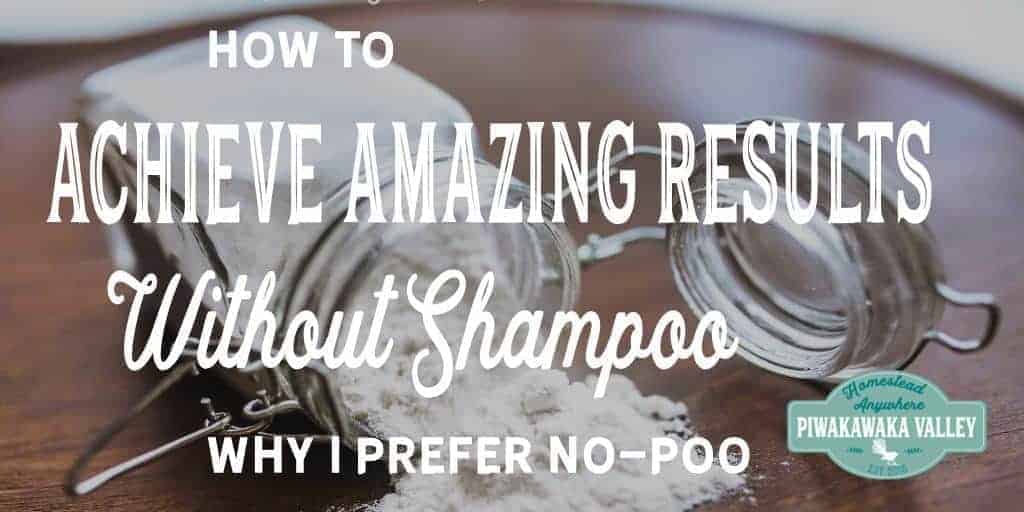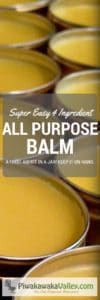This post was most recently updated on June 1st, 2021
This is a super simple, easy, natural all purpose . You can use it as a ultra moisturiser for cracked heels, as a for rash on their bottoms or chins, it is great on , for burns* and abrasions, or as a . I make it as a for mothers as a gift.
Please read: This information is provided for educational purposes only and is not intended to treat, diagnose or prevent any disease. We encourage you to make your own health care decisions in partnership with a qualified health care professional.
This post contains affiliate links, this means at no extra cost to you, we make a commission from sales. Please read our Disclosure Statement
This all purpose is a brilliant DIY gift idea, it is cheap and fast to make, but is so versatile, even after you have finished .
On the homestead it can also be used as an udder for goats or cows, as a smother- for ear or leg mites and for covering cuts or grazes to keep the air, dirt and germs out. You really should have some of this in your first aid kit.
If you found this recipe useful, be sure to check out my friends at the Herbal Academy’s course on making your own wonderful skincare at home.
*I work with a plastic surgeon in my other job (a nurse on an acute ward). He stated that immediately after a burn you obviously need to take the heat out with plenty of cold water, 10 minutes on 10 minutes off until it no longer feels like it is burning.
After then the best thing is to keep it moist with a heavy, oily product like vaseline, or this balm, applying at least 4-6 times per day. This aids healing and minimises scarring. Of course if it is a bad burn you should report immediately to accident and emergency to be medically assessed.
This replaces several different products and can be used as a natural alternative in place of vaseline in any application. You can make a very effective vapor rub by adding eucalyptus, rosemary, peppermint and lavender oils.
If you are then this recipe makes a wonderful soothing, that is safe for your .
Natural ideas
As breastfeeding mothers in the crunchy/ natural space, we are often told about the wonders of breast milk and coconut oil for helping with cracked nipples. However, if you are really struggling with while , you will need something more moisturising.
Plain can actually be very drying on the , and it is not actually the best option to use on .
can be used as a simple solution if you are needing a quick solution, but it can be expensive to buy. I have found it really difficult to buy plain in NZ too, the best I can usually find is a chemical laden moisturiser that has a tiny amount of actual in it.
Pure lanolin can be expensive ( is a popular brand) and it is very thick and hard to apply on very , and some poor women have that are allergic to it. Although it is very effective and has been proven in studies to help. A can be just as effective for a much smaller price.
Solutions for
The first week or two of can take its toll on your breasts. It is common for there to be some discomfort (to put it nicely) just as the latches on. This pain should subside after a few seconds, if it does not, it is worth getting a specialist or your midwife to check your ‘s latch.
If you are struggling with cracked or bleeding nipples, it is really important that your latch is checked, and that someone checks your for a tongue tie.
While you are healing, keep your nipples protected and moist with plenty of natural nipple balm and then place a small square of plastic wrap or a cut piece of a ziplock bag over your nipple. This will stop your scabs from sticking to your bra and encourages a clean but moist wound healing environment which allows your body to heal faster.
Hydrogel pads are bliss on sore cracked nipples and they are worth getting if this is a problem for you.
Why do you need a for ?
cracks more easily, it is less supple and more prone to damage. Apart from being horribly sore, cracks can be places where infection can set in.
Thrush infections cause extreme , it feels like your is full of glass and your breasts are being stabbed with knives. If you are experiencing this pain you should see your doctor as soon as you can for some antifungal medication.
How to make a for
A is a but where one or more of the oils have been infused with herbs or spices to add their properties to the oil. Newborn babies are very sensitive and their mama’s goes in to your (obviously) so it is best to make the with and to only add very safe herbs to the infused oil.
A common option would be to infuse the almond oil or with . is healing and soothing and safe to use on , it is an edible, that you can feel confident in adding.
To infuse your oil, gently warm it and then stir through petals, store it somewhere dark and shake the bottle daily for a week, then strain off the oil and use it in the recipe below.
You can do the same with chamomile flower petals or even a chamomile tea bag.
If desired you could add 5-10 drops of to the recipe as a pleasant scent.
Lavender is safe to ingest, but too much of it can be irritating on . It has an antifungal and antimicrobial action, as well as being calming and relaxing to those breathing it in.
Using your
Apply liberally after every feed and after showering as required. There is no need to wipe this off before feeding again, and the extra lubrication will help with getting latched on as well.
If you have a , treat it with care and apply plenty of soothing , but be sure to keep either feeding or pumping from that side to avoid getting mastitis. shields can help protect your while they heal, but they are best not used long term. If you are worried, get a lactation consultant involved. It is possible to pump and bottle feed while you heal and swap back to if you need to, so all is not lost my friend!
Remember to be sure to check out the Herbal Academy course on making your own wonderful skincare recipes at home.
This is a super simple, easy, natural all purpose balm. You can use it as a ultra moisturizer for cracked heels, as a balm for baby rash on their bottoms or chins, it is great on chapped lips, for burns* and abrasions, or a natural nipple balm for breastfeeding mothers. On the homestead it can also be used as an udder balm for goats or cows, as a smother for ear or leg mites and for covering cuts or grazes to keep the air, dirt and germs out. You really should have some of this in your first aid kit!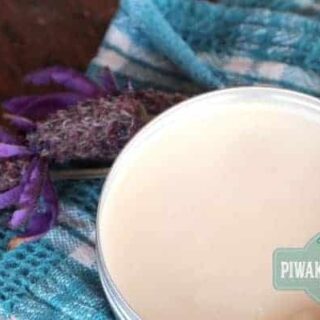
Natural Nipple Cream for Breastfeeding
Ingredients
Instructions

